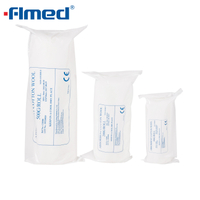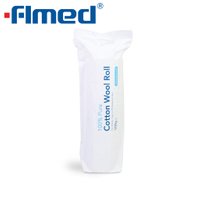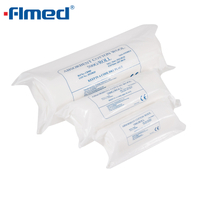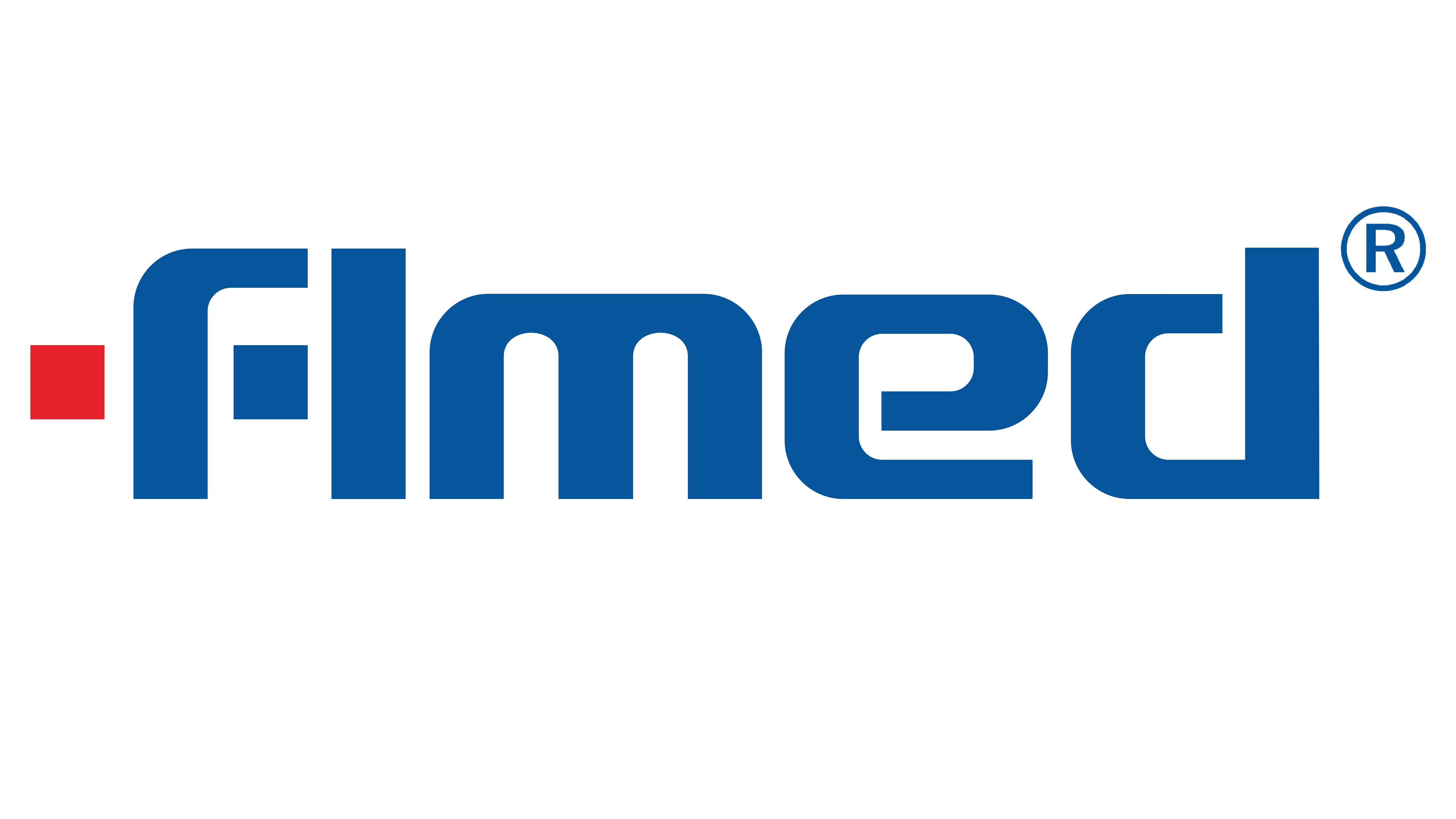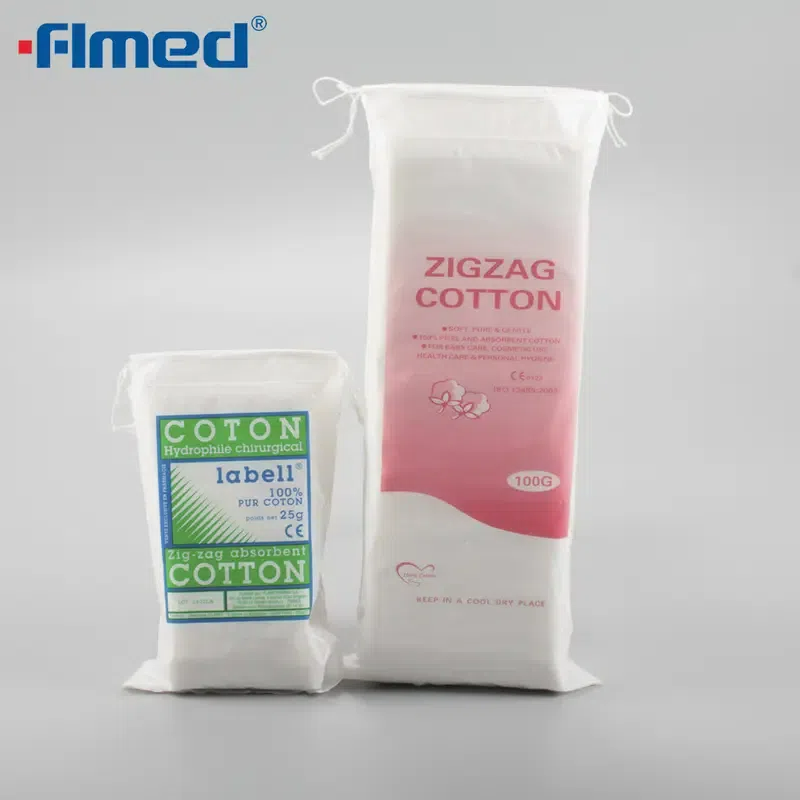
Choosing the wrong medical cotton wastes time and risks patient comfort. Forlong Medical understands that clinic buyers, procurement officers, and healthcare distributors need reliable products that perform consistently in real medical settings. This guide explains how to evaluate different forms of medical cotton, such as cotton wool roll, cotton ball, and zigzag cotton, so that your clinic makes the right purchasing decision.
What “Medical Cotton” really means
Medical cotton is more than just processed raw fiber. In healthcare, it must meet strict standards of purity and softness. The fibers are carefully bleached and refined to remove natural oils and seeds, ensuring that the cotton is absorbent, hypoallergenic, and safe for patient contact.
Purity and grading
Medical cotton is graded based on how well it absorbs fluids and how clean the fiber is after processing. High-grade cotton is free from impurities and has a uniform texture. Lower-grade cotton may leave residue or feel rough, which can reduce patient comfort during wound dressing or cleaning.
Sterile vs non-sterile
One of the most important distinctions is whether the cotton is sterile or non-sterile. Sterile medical cotton is processed and sealed to be free of microorganisms, suitable for direct wound care and surgical applications. Non-sterile cotton is safe for general cleaning, cosmetic use, and non-invasive tasks but should not come into direct contact with open wounds.
Key product specs buyers must check
When comparing products, procurement teams should go beyond simply checking whether a package says “absorbent cotton.” Several technical details can impact quality and usability.
Weight, ply, and density
Cotton rolls and zigzag cotton are often sold by weight. A heavier roll typically lasts longer but may be less convenient for small clinics with limited storage. Ply and density also affect performance — tightly packed cotton is more absorbent but harder to tear, while looser ply is softer but may shed fibers.
Packaging formats
Packaging protects the cotton from moisture and contamination. Clinics should confirm whether rolls are individually wrapped, vacuum-sealed, or packed in bulk bags. For long-term storage, sealed packaging with clear expiration dates ensures that the cotton maintains sterility and softness.
How manufacturers label medical cotton
Product labels are often the first detail buyers see, but not all labels are equally reliable. Trustworthy manufacturers include details such as:
Material: 100% pure cotton
Sterility: sterile or non-sterile
Net weight and dimensions
Batch number and expiry date
Certification symbols (ISO, CE, or equivalent)
Buyers should be cautious of vague labels with only generic terms like “absorbent cotton” without detailed specs. Forlong Medical provides full documentation and clear packaging so that clinics can purchase with confidence.
![Medical Cotton Medical Cotton]()
Sterile vs non-sterile: when to use each
Understanding the right application prevents misuse and ensures patient safety.
Injections and minor procedures
Sterile cotton balls are standard for disinfecting skin before injections. They are also used with antiseptic solutions in blood tests or IV insertions.
Wound dressing
Sterile cotton wool roll or zigzag cotton is ideal for padding wounds or cleaning sensitive surgical sites. Non-sterile cotton should never be used directly on open wounds.
Neonatal care and sensitive patients
Infants and patients with fragile skin require soft, sterile cotton that will not irritate or shed lint. Cotton balls or pre-cut sterile pads are convenient in these situations.
Cosmetic and general clinic use
Non-sterile cotton balls and rolls are suitable for cleaning instruments, applying creams, or removing makeup in dermatology and beauty settings.
Size, shape and packaging: why form matters
Not all clinics need the same type of cotton. The form and packaging can influence workflow, cost, and patient experience.
Cotton wool roll
The cotton wool roll is the most versatile option. It allows clinics to cut or tear the amount needed for each procedure. Rolls are economical for high-volume settings and are available in sterile or non-sterile versions.
Zigzag cotton
Zigzag cotton is pre-folded into a layered sheet. This makes it easy to pull and cut into consistent pieces, reducing waste and saving staff time. It is popular in hospitals and dental clinics where uniformity is important.
Cotton ball
Cotton balls are pre-shaped and ready for immediate use. They are particularly helpful in injections, skin disinfection, and cosmetic treatments. Clinics that perform frequent minor procedures benefit from the convenience of pre-made balls.
Buying checklist for bulk and single purchases
A structured checklist simplifies procurement and prevents costly mistakes.
MOQ (Minimum Order Quantity): Check whether the supplier requires large bulk orders or can provide smaller packs for trial.
Certifications: Look for CE, ISO, or FDA approvals to ensure the cotton meets international medical standards.
Sterility confirmation: Verify sterile products are clearly sealed and labeled.
Shelf life: Cotton usually has a long shelf life, but buyers should confirm expiry dates, especially for sterile packs.
Storage needs: Ensure packaging is moisture-resistant and compact for limited storage spaces.
Quick supplier audit
When sourcing medical cotton, a simple supplier audit adds confidence:
Request certificates of conformity and sterilization reports.
Ask for batch samples to check softness and absorbency.
Review packaging quality for durability during shipment.
Forlong Medical welcomes audits and provides all required certification to guarantee safe, reliable supply.
Common buyer mistakes and how to avoid them
Even experienced clinics sometimes face issues when buying cotton. Common pitfalls include:
Confusing sterile and non-sterile packs: Using the wrong type can cause infections or unnecessary costs.
Overlooking packaging: Poor packaging leads to contamination or moisture damage during transport.
Ignoring density and softness: Hard, low-quality cotton may irritate patients or break apart during use.
Buying only on price: Lower prices can mean inconsistent quality or lack of certification. Long-term, this increases risk and waste.
The best approach is to compare technical specifications and request samples before committing to a large order.
Conclusion
Medical cotton plays a quiet but essential role in every clinic, from injections to wound care. Selecting the right form — whether cotton wool roll, cotton ball, or zigzag cotton — ensures patient safety and improves daily efficiency. Forlong Medical supplies high-quality medical cotton that meets strict international standards, with transparent labeling and reliable packaging. To explore our full range or request product samples, contact us today and let our team support your clinic’s needs.
FAQ
Is sterile cotton necessary for minor wounds?
Yes, sterile cotton is recommended for any open wound to avoid infection.
What is the difference between a cotton wool roll and zigzag cotton?
A cotton wool roll is continuous and versatile, while zigzag cotton is pre-folded for easy cutting and consistency.
Can cotton balls be used for surgical procedures?
Only sterile cotton balls should be used for pre-surgical cleaning or wound contact.
How should medical cotton be stored?
Keep it in a dry, cool place away from direct sunlight. Sterile packs should remain sealed until use.
What certifications should I check before buying?
Look for CE, ISO, or FDA approval, along with sterilization reports for sterile products.

 English
English
